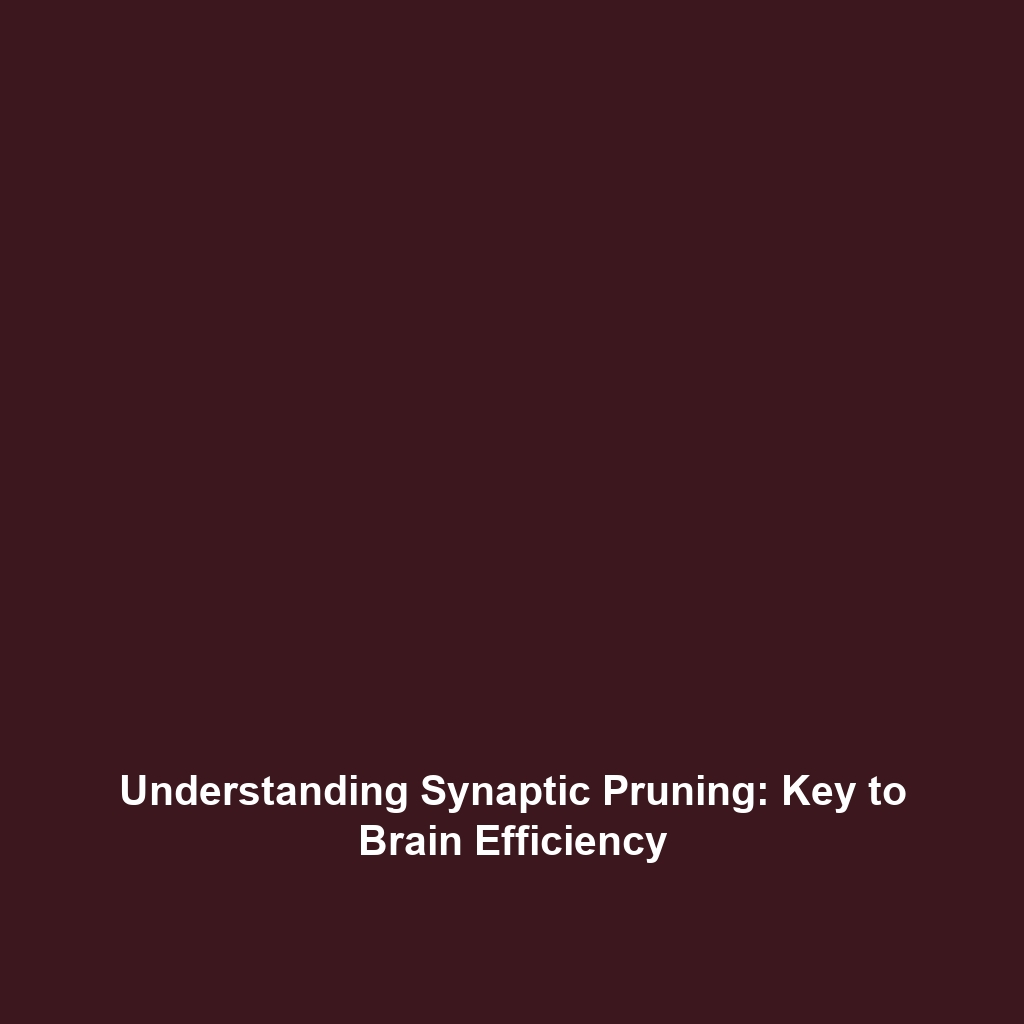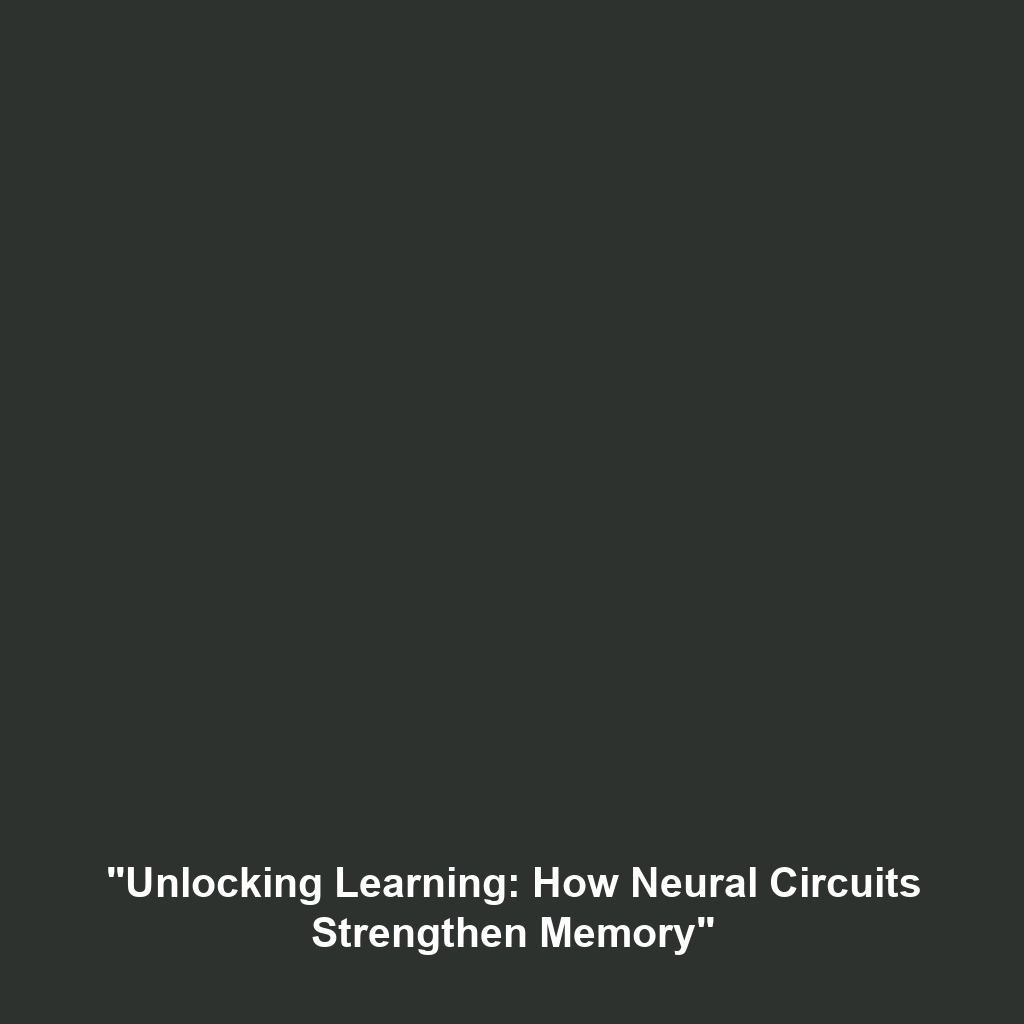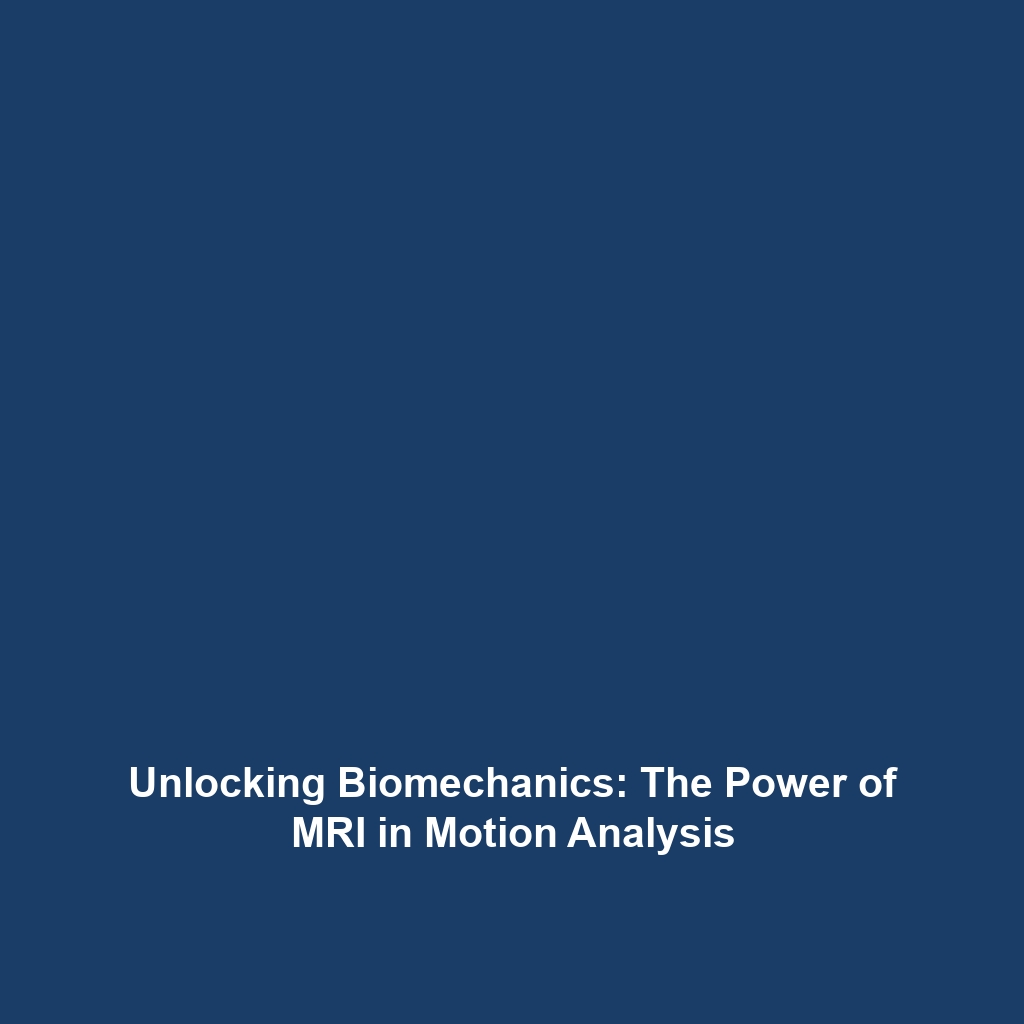Synaptic Plasticity in Biomechanics
Introduction
Synaptic plasticity is a fundamental property of the nervous system that underlies learning, memory, and adaptive responses. Within the field of biomechanics, understanding synaptic plasticity is vital as it influences motor control, movement adaptation, and rehabilitation strategies. As we delve into how synaptic plasticity functions and its significance in biomechanical systems, we unravel the intricate relationship between neural networks and physical movement. This article explores key concepts, applications, current challenges, and future innovations tied to synaptic plasticity in biomechanics.
Key Concepts of Synaptic Plasticity
Synaptic plasticity refers to the ability of synapses, the connections between neurons, to strengthen or weaken over time based on activity levels. The following are the major concepts related to this phenomenon:
- Long-Term Potentiation (LTP): A process where synapses become stronger following frequent stimulation.
- Long-Term Depression (LTD): The opposite process where synaptic strength decreases due to infrequent stimulation.
- Hebbian Plasticity: A learning principle often summarized as “cells that fire together wire together,” emphasizing associative learning.
Synaptic plasticity is crucial for biomechanical performance analysis, impacting how muscle memory is formed and retained, optimizing motor patterns during physical activities.
Applications and Real-World Uses
Understanding how synaptic plasticity is used in biomechanics opens avenues for numerous applications:
- Rehabilitation: Techniques utilizing synaptic plasticity help design targeted therapies for patients recovering from injuries.
- Biomechanics of Movement: Insights into synaptic adaptations aid in optimizing athletic training regimens.
- Neuroprosthetics: Advances in synaptic plasticity research contribute to improving brain-machine interfaces for enhanced motor control.
The applications of synaptic plasticity in biomechanics illustrate how neural adaptations can improve physical performance and rehabilitation outcomes.
Current Challenges in Synaptic Plasticity Research
Despite its significance, there are several challenges of synaptic plasticity that researchers must navigate:
- Complexity of neural networks makes it difficult to pinpoint specific mechanisms of plasticity.
- Variability in response to training across different populations poses a challenge for standardized applications in rehabilitation.
- Ethical considerations regarding neural enhancement in performance sports raise questions about proper usage.
Future Research and Innovations
The future of synaptic plasticity research is bright, with several innovations on the horizon:
- CRISPR Technology: Utilizing gene editing to enhance synaptic functions may lead to breakthroughs in plasticity research.
- Neural Interfaces: Advancements in technology for real-time monitoring of synaptic changes during movement could revolutionize training methods.
- Machine Learning: Applying algorithms to model synaptic plasticity may yield new insights into optimizing rehabilitation programs.
Conclusion
Synaptic plasticity is an indispensable concept in biomechanics, shaping our understanding of neural adaptations that enhance movement and motor control. Its applications span rehabilitation, athletic training, and neuroprosthetics, demonstrating its critical role in human performance. As challenges remain, ongoing research holds promise for innovations that will unlock further possibilities in the intersection of synaptic plasticity and biomechanics. For more insights, explore our related articles on rehabilitation techniques and athletic training methodologies.


